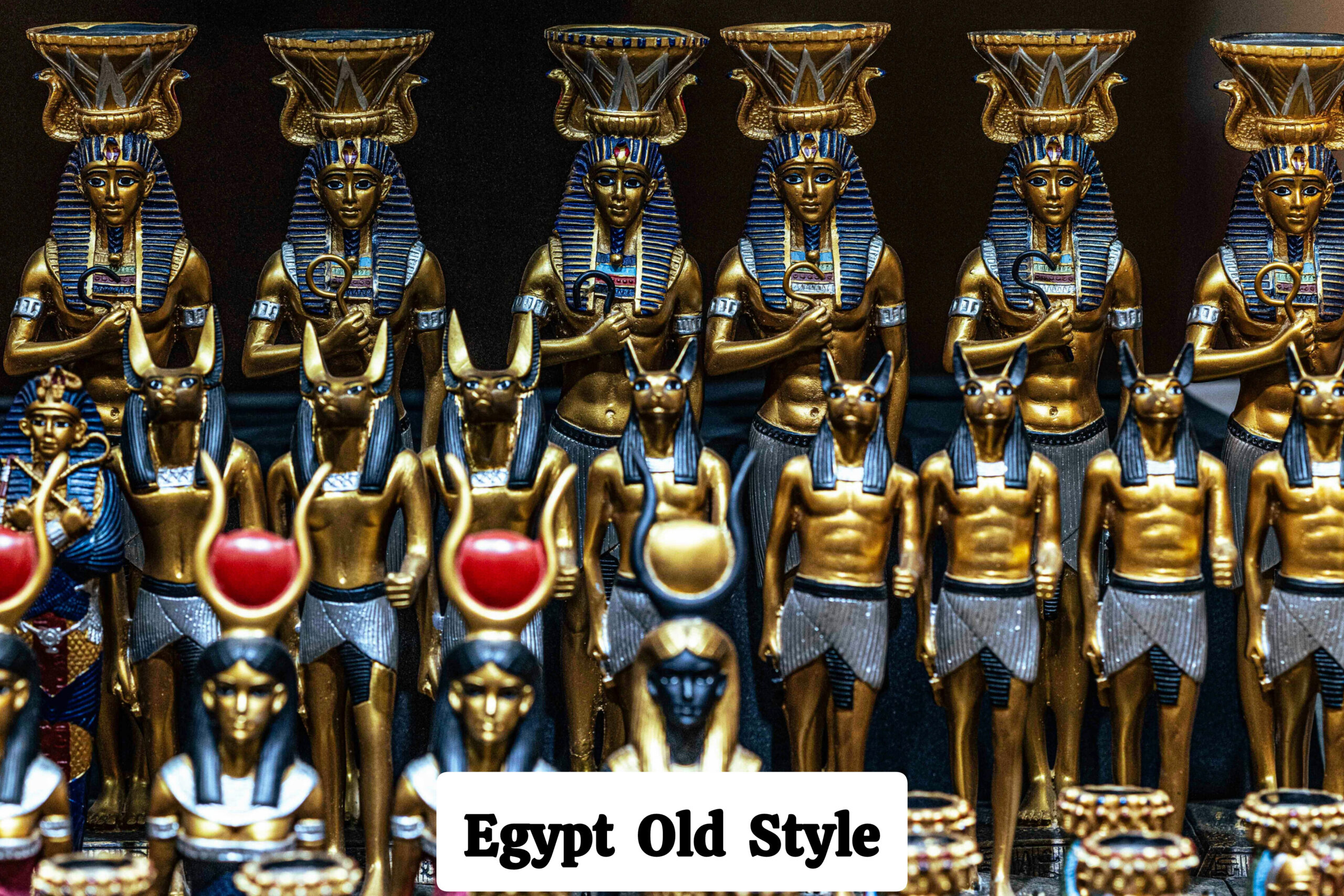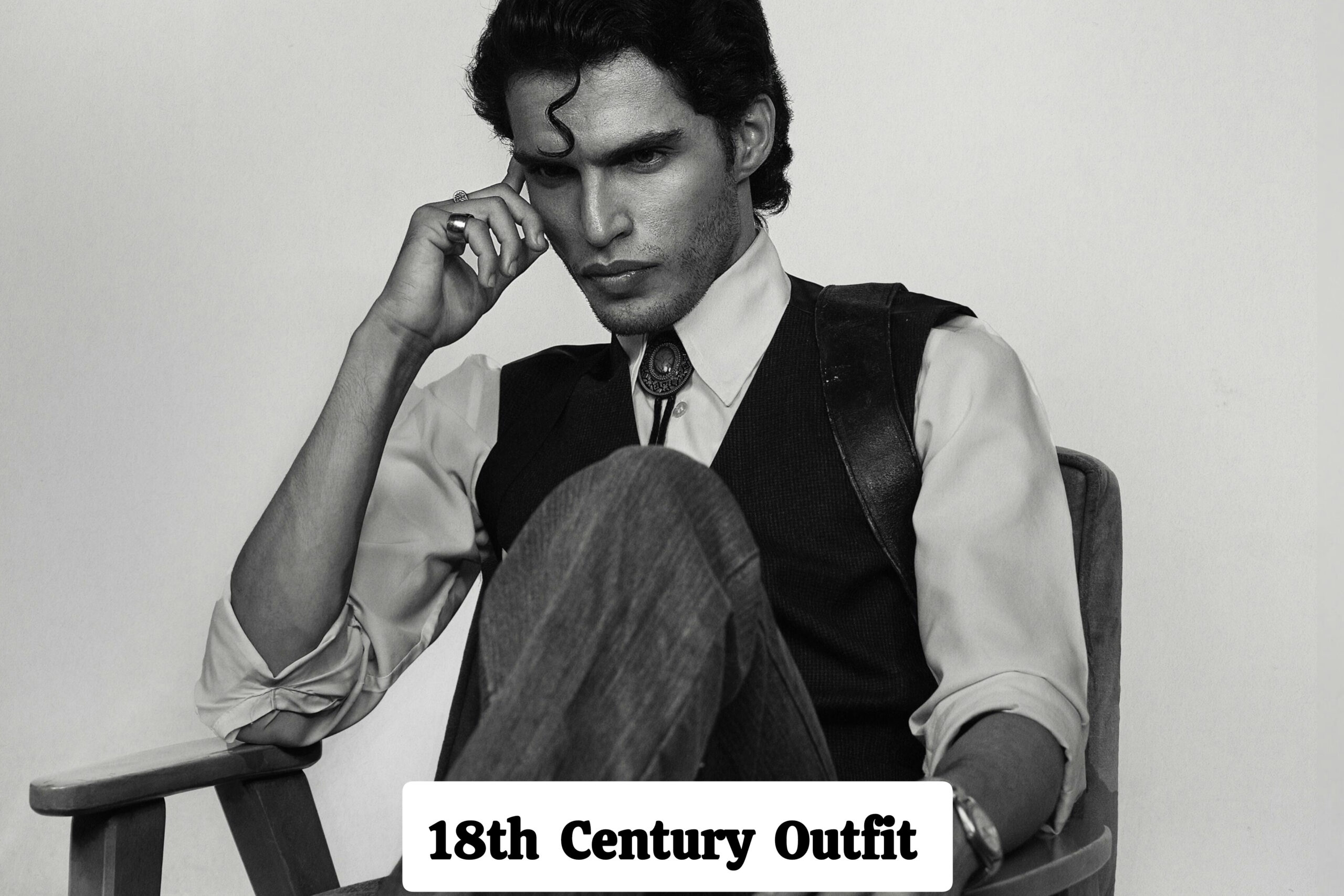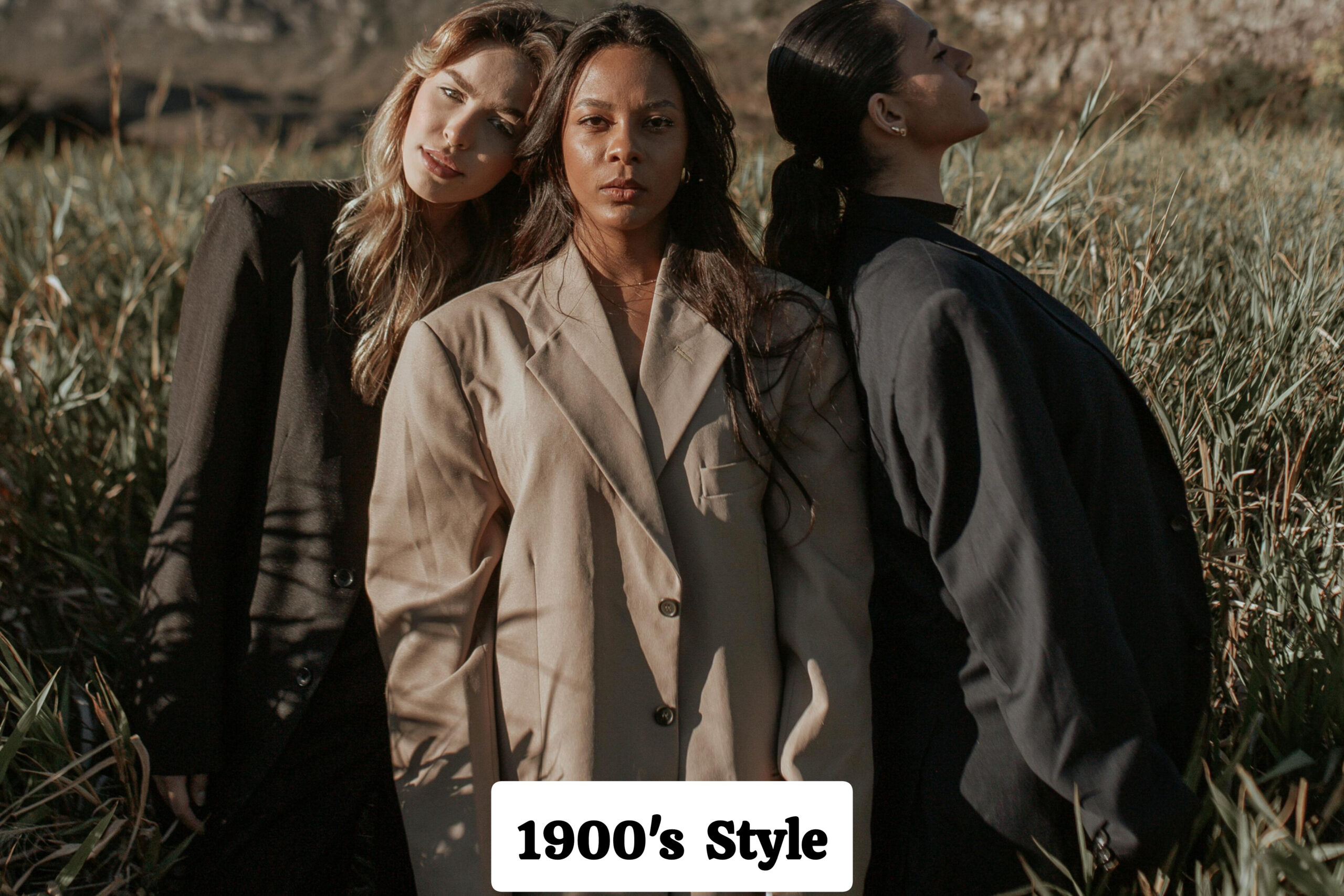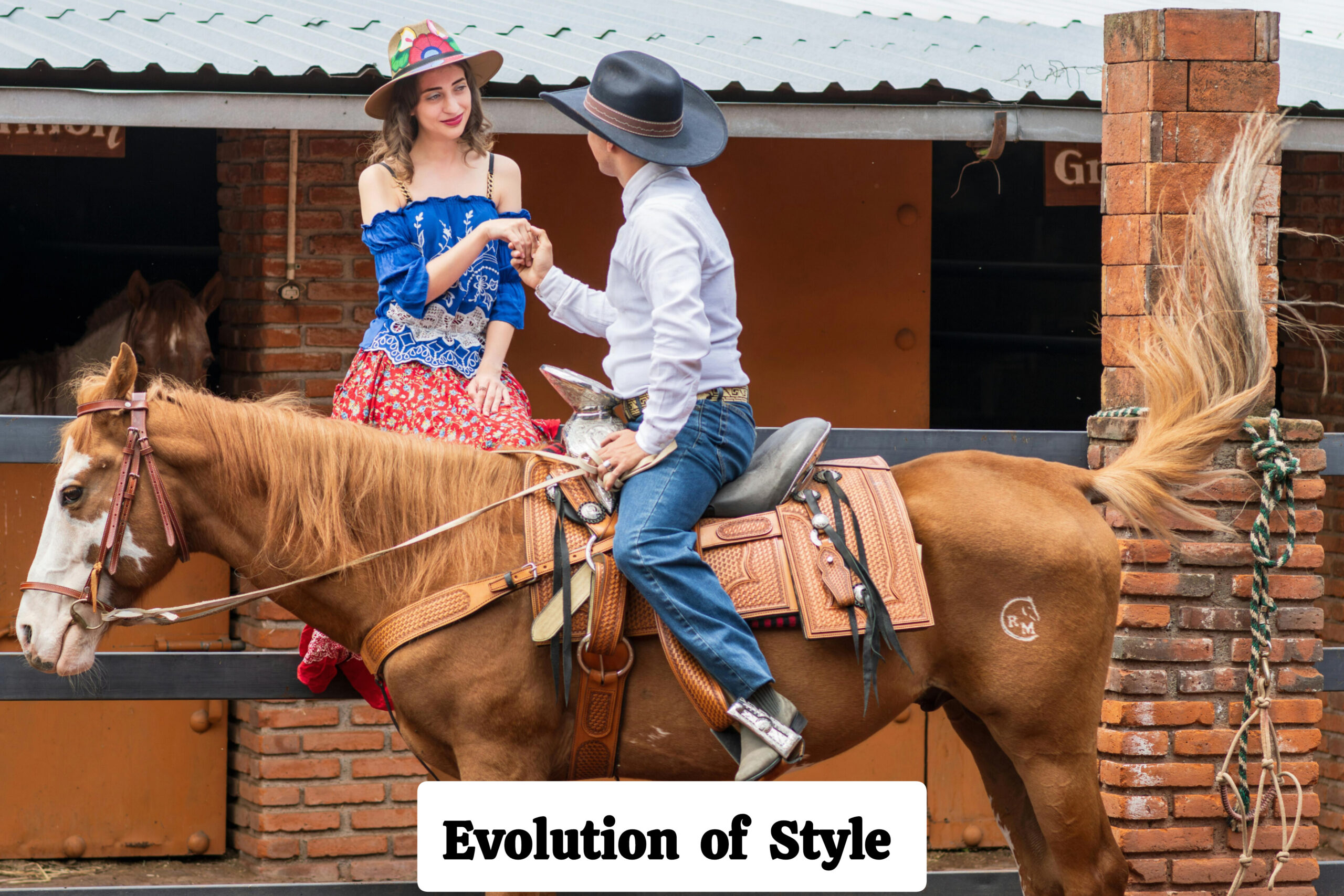The Evolution of Style:
A Journey Through Fashion and Identity
Introduction
Style is more than just the clothes we wear; it’s a powerful expression of identity, culture, history, and social evolution. Over centuries, style has transformed in response to political changes, technological advancements, cultural movements, and individual creativity. From ancient civilizations to the digital age, the evolution of style is a fascinating reflection of human progress and self-expression.
Ancient Civilizations and Symbolic Attire
Egypt, Mesopotamia, and Greece

In ancient times, style was deeply intertwined with social status, religion, and function. In Ancient Egypt, fashion signified power and divinity. Pharaohs and nobles adorned themselves with elaborate headdresses, linen garments, and gold jewelry to reflect their divine connection and status. Similarly, Mesopotamians used woven wool garments, often with decorative fringe, to distinguish class and gender.
In Ancient Greece, style embraced simplicity and function. The toga, chiton, and himation were common garments that reflected social norms and philosophical ideals such as symmetry and proportion. Greek fashion was also closely tied to art, with clothing mirroring the elegance of sculpture and architecture.
Rome: A Symbol of Power
The Roman Empire emphasized practicality and power. Togas and tunics were more than garments—they were political statements. Colors, such as purple, were reserved for emperors, reinforcing class divisions. Roman fashion also introduced ideas of tailoring and garment construction that influenced later Western styles.
The Middle Ages: Modesty and Structure
During the medieval period, style became closely connected with the Church and feudal systems. Fashion was often conservative, emphasizing modesty and social rank. Wool was the dominant fabric, with embroidery used to signify wealth.
Women wore long dresses with high necklines and tight sleeves, while men donned tunics and cloaks. The concept of heraldry and family crests also emerged, often sewn into garments to signify lineage.
As the Middle Ages progressed, sumptuary laws were introduced to regulate fashion, ensuring that only the nobility could wear certain fabrics, colors, or styles. These laws helped maintain strict social hierarchies Aww clothing.
The 17th and 18th Centuries: Court Fashion and Enlightenment
Baroque and Rococo Eras
The Baroque period brought dramatic and ornate clothing, influenced by the lavish courts of Louis XIV and other monarchs. Men’s fashion included wigs, breeches, and waistcoats, while women wore hoop skirts, bodices, and lace.
The Rococo era took this extravagance further, focusing on light colors, floral patterns, and feminine silhouettes. Fashion became a performance of aristocratic leisure, epitomized by figures like Marie Antoinette.
Enlightenment Influence
The Age of Enlightenment inspired a more intellectual and restrained approach to style. Toward the end of the 18th century, political revolutions like the French and American revolutions challen Simpler clothing began to reflect ideals of democracy and equality.
The 19th Century: Industrialization and the Birth of Modern Fashion
Early 1800s: Romanticism and Elegance

The early 19th century saw the rise of Romantic fashion, which celebrated emotion, nature, and individualism. Women wore empire-waist dresses with flowing silhouettes, while men embraced tailored coats and high collars.
Victorian Era
The Victorian era was defined by strict moral codes and structured garments. Women’s fashion included crinolines, corsets, and bustles, emphasizing modesty and propriety. Men’s style became more sober and uniform, with suits, waistcoats, and top hats.
This era also marked the birth of mass production in fashion, thanks to the Industrial Revolution. Ready-to-wear clothing and sewing machines revolutionized accessibility, making fashion available to the middle class.
The 20th Century: Revolution, Rebellion, and Innovation
The 1920s: The Jazz Age and Liberation
The Roaring Twenties was a period of cultural revolution. Women, newly enfranchised and socially liberated, adopted flapper fashion: shorter hemlines, bobbed hair, and androgynous silhouettes. Men favored looser suits and fedoras.
This era marked the emergence of youth culture in fashion, as style began to break away from tradition and embrace modernism.
The 1940s and 50s: Utility and Elegance
World War II brought about rationing and utility wear. Women entered the workforce, donning trousers and uniforms. Post-war, Christian Dior’s “New Look” reintroduced luxury and femininity with cinched waists and full skirts.
Men returned to structured suits and conservative grooming, reflecting societal desires for stability and tradition after wartime upheaval.
The 1960s and 70s: Counterculture and Expression
The 1960s and 70s were a time of social and cultural rebellion, and style mirrored this upheaval. The mod look of the 60s, with mini skirts and bold prints, gave way to the hippie aesthetic of the 70s—bell bottoms, tie-dye, and fringe.
Fashion became a form of protest and identity, especially in movements for civil rights, feminism, and LGBTQ+ visibility. Designers like Yves Saint Laurent and Vivienne Westwood challenged norms with innovative and provocative designs.
The 1980s and 90s: Commercialization and Subcultures

The 1980s saw the rise of consumer culture, brand identity, and power dressing. Shoulder pads, neon colors, and designer labels defined the decade. Hip-hop and punk styles emerged from subcultures, influencing mainstream trends.
The 1990s countered this excess with minimalism and grunge. Flannel shirts, ripped jeans, and slip dresses dominated youth fashion. Streetwear began to rise, foreshadowing 21st-century trends.
The 21st Century: Globalization and Digital Influence
2000s to 2010s: Fast Fashion and Identity Fluidity
With the turn of the millennium, fast fashion brands like Zara and H&M transformed the industry. Trends changed rapidly, driven by global supply chains and online shopping. Social media began to influence style, with bloggers and influencers shaping trends more than traditional designers.
Fashion became increasingly inclusive and diverse, reflecting a broader range of sizes, cultures, and identities. Gender-fluid fashion gained momentum, breaking traditional binaries.
2020s: Sustainability and Digital Expression
The 2020s have brought a renewed focus on sustainability, ethics, and individuality. As awareness of environmental impact grows, slow fashion and upcycling have become key movements. Brands now prioritize ethical sourcing and transparency.
The rise of digital fashion—including virtual garments and NFTs—has added a futuristic layer to style evolution. Platforms like Instagram, TikTok, and virtual fitting rooms have transformed how fashion is discovered, experienced, and consumed.
Major Influences on Style Evolution
Technology
From the invention of the sewing machine to AI-driven fashion design, technology has consistently reshaped style. Wearable tech, 3D printing, and smart fabrics are current frontiers in this evolution.
Politics and Society
Wars, revolutions, and movements—such as feminism and civil rights—have deeply impacted what people wear. Style often serves as a political statement or symbol of resistance.
Culture and Media
Movies, music, and celebrities have had a powerful effect on trends. Icons like Audrey Hepburn, David Bowie, Madonna, and Rihanna have each defined eras with their distinctive styles.
Conclusion: Style as a Living Language
The evolution of style is a living, breathing reflection of humanity itself. It tells stories of resistance, liberation, beauty, and belonging. As society continues to evolve, so too will fashion—shaped by innovation, individuality, and the ever-changing human spirit.
In a world increasingly focused on authenticity and expression, style is no longer about adhering to trends—it’s about creating them. Whether drawn from history, adapted through culture, or imagined in the digital realm, our personal style is one of the most powerful tools we have to communicate who we are.

